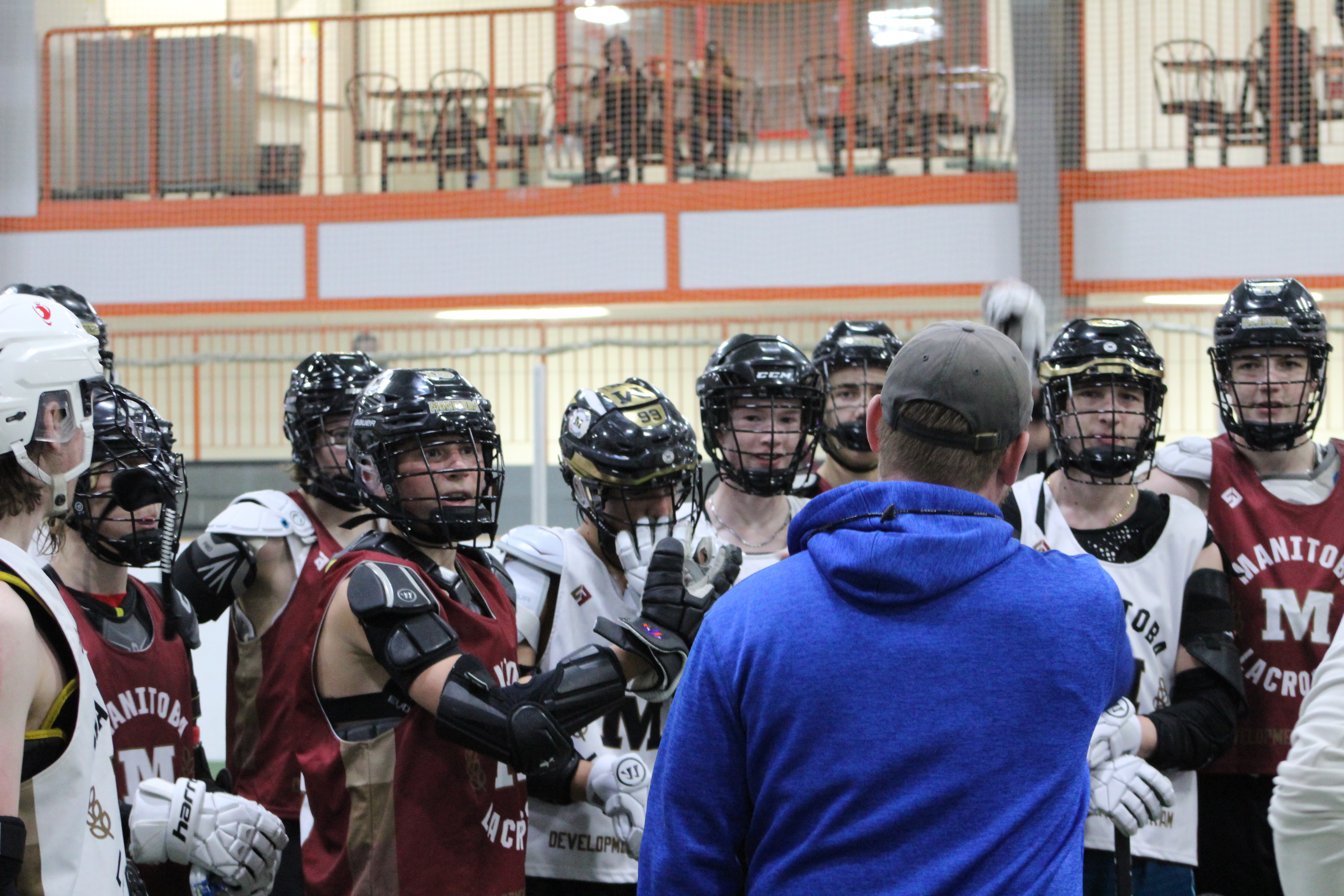The History of Lacrosse
Lacrosse was started by the First Nation’s people and was originally known as "stickball". The game was initially played in the St. Lawrence Valley area by the Algonquian tribe and they were followed by other tribes in the eastern half of North America, and around the western Great Lakes.
The First Nation’s games were seen as major events, which took place over several days.They were played over huge open areas between villages and the goals, which might be trees or other natural features, were anything from 500 yards to several miles apart. Any number of players were involved. Some estimates have mentioned between 100 and 100,000 players participating in a game at any one time. The rules were very simple, the ball was not to be touched by a player’s hand and there were no boundaries. The ball was tossed into the air to indicate the start of the game and players raced to be the first to catch it.
The original wooden balls were later replaced by deerskin balls filled with fur and the sticks developed over time to become more sophisticated implements, the netting made from deer sinews. In preparation for a game players used paint and charcoal to decorate their faces and bodies.
Games of lacrosse were played for a number of reasons. It was considered a sport that toughened up young warriors for war but it was also a game played for recreation and for religious reasons. It was not unusual for bets to be placed on the outcome of games.
French Jesuit missionaries working in the St. Lawrence Valley in the 1630s were the first Europeans to see lacrosse being played by the First Nations. One of them, Jean de Brébeuf, wrote about the game being played by the Huron Indians in 1636 and it was he who the named the game “lacrosse”.
As a result, interest in the game of lacrosse began to develop in Canada. A Canadian dentist, Dr William George Beers, was responsible for founding the Montreal Lacrosse Club in 1856 and a decade later he drew up rules which included reducing the number of players, introducing a rubber ball and a redesigned stick.
By 1860 lacrosse had become Canada’s national game and in 1867 exhibition games were played in England. In 1876 Queen Victoria watched a game being played and remarked that “The game is very pretty to watch.”
In 1883 a touring team from Canada and and a team made up of Iroquois natives visited Scotland.
During this tour promotional literature was distributed to the spectators pointing out the benefits of emigration to Canada.
By the turn of the century lacrosse was becoming more popular in several countries and in 1904 and 1908 lacrosse was played in the Summer Olympics.



